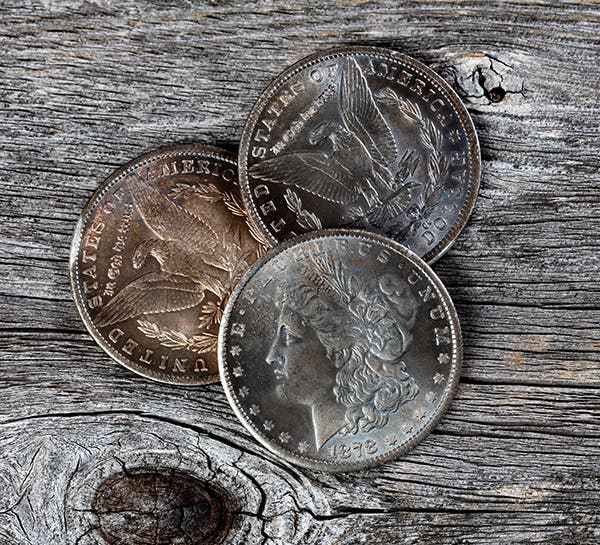1943-P Nickel is Affordable Wartime Reminder
There is something very special about the 1943-P Jefferson nickel. In fact, the 1943-P Jefferson nickel was unlike anything seen before in some respects. It was a nickel produced in…
There is something very special about the 1943-P Jefferson nickel. In fact, the 1943-P Jefferson nickel was unlike anything seen before in some respects. It was a nickel produced in numbers (271 million) virtually unknown prior to that time.
The 1943-P Jefferson nickel was actually not a coin containing nickel. It was the second year of the special 56 percent copper, 35 percent silver and nine percent manganese composition first introduced in 1942.
It was perhaps surprising that the 1943-P would have a large mintage. It was a time when World War II was at its height. The logical assumption would be that some regular Mint employees had been called to active duty and that replacement workers might not be able to produce coins in the quantity that had been regular in the past. Moreover, the nation was busily producing the materials needed to fight the war and the Jefferson nickel, while handy in making change, was of little use in the conflict in Europe or the Pacific.
All the assumptions would be logical, but they would be wrong. Prior to 1943, no facility had produced more than 100 million Jefferson nickels in year with the exception of Philadelphia in 1939, 1940 and 1941. The years could be fairly easily explained, as in all cases they were normal composition Jefferson nickels and it was early in a new design. The recovering American economy needed coins.
It is actually hard to believe just how large those mintages were at the time. The top production for any Buffalo nickel from the years 1913-1938 was the 1936, which was the only year to see a Buffalo nickel top the 100 million coin mark. Its mintage was 119,001,420, and 1936 Buffalo nickels were as common as dirt.
When the Jefferson nickel first appeared in 1938, the mintage at Philadelphia was just under 20 million pieces. The 1939 mintage of over 120 million represented a huge increase and the 1940 and 1941 productions at 176 million and 203 million, respectively, represented huge increases beyond that. To say that the jump to the 1943-P total of 271,165,000 pieces represented still another sizable increase would be something of an understatement.
It would be decades before there would be another mintage quite like it. In fact, it would take until 1962 when the Denver production of that year was just a bit higher before the United States would ever again see so many nickels produced in one facility in one year.
That 1943-P still stands as a production level that would not be viewed as strangely low. It was more nickels than were produced in 1965, 1966 or 1967. It was more Jeffersons than Philadelphia produced in 1971 or 1972, and there are other “modern” years and mints as well that saw their Jefferson nickel production for one year topped by that of Philadelphia in 1943.
Because of its silver wartime composition, the mintage statistics are not a good guide to its survival rate, but it is still the most common as indicated by price. Many were melted in the silver boom.
Unless there is a return to $50 silver, it is unlikely that the 1943-P will ever be a nickel commanding high prices, but it is certainly a nickel with a story. It set the standard in terms of high mintages and reflects the remarkable times that produced it. Type coin collectors will probably look to this one as the cheapest example of this composition.








